Optical fiber cable 144 OBUC 12*12
The 144 core SM dry earth fiber optic cable (OBUC) is a PBN brand with non-zero dispersion with (ITU-G6155) cores. The 144-core fiber optic cable consists of 12 loose tubes made of PBT material, which has 12 optical cores inside each loose and has no filler. This category of cables is suitable for direct burial under soil and environments with rodents and for long distances. In the following, the structural features of this type of optical fiber are discussed. All properties are fully compatible with the latest revision of TCI specifications.
Optical fiber cable 144 OBUC 12*12
PBN OBUC-SM cable is an optical fiber ground cable that can be directly buried underground, this type of cable uses G6152D strands, known in the market as SM, which means non-zero dispersion. This cable is resistant to ultraviolet or UV rays due to the use of black high-density polyethylene (HDPE) and Corgit Armor. This cable is used for long distances between cities.
Features of PBN dry ground OBUC fiber optic cable
Waterproof
UV resistant
Armored corrugated steel strip
Complete protection against rodents
Direct burial
Jacket with double resistance
Single mode optical fiber
OBUC single mode optical fiber
According to ITU-T G6152D, the fibers are single-mode fibers and have the following parameters:
Optical fiber resistance at 1310 nm: ≤ 0.34 dB/Km
Optical fiber resistance at 1550 nm: ≤ 0.22 dB/km
Optical fiber resistance at 1625 nm: ≤ 0.24 dB/km
Impact area: ≤ 72 µm
Mode field diameter (MFD) at 1310 nm: 9.2 ± 0.4 um
Mode Field Diameter (MFD) at 1550 nm: 10.4 ± 0.8 um
Cable cutoff point (λcc): ≤ 1260 nm
Optical fiber structure
Optical fiber
Central resistive element
Loose tube with filling gel
Filler gel
Swollen thread and tape for waterproofing
Inner jacket
Corrugated steel tape as armor
Outer jacket
Central resistive element
Fiber reinforced polymer (FRP) with a minimum diameter of 2.5 µm is used as the central resistive element. FRP modulus is 50,000 N/mm2 and moisture absorption is 0.1% maximum. FRP may be coated with polyethylene
layers to accommodate diameters.
loose tube
Loose tube is made of polybutene terephthalate (PBT) with a minimum thickness of 0.4 mm. The fibers are spirally placed in the loose tube to have the ability to expand and contract. In order to prevent water penetration, loose tubes are filled with thixotropic gel, which is known as cold gel.
Core or cable core
Loose tubes and their fillers (if any) are placed on the central resistant member. Fillers are polyethylene rods that are used to round the cable core when needed. A water-swollen yarn is wrapped around the central resistance member for waterproofing. At the end, a binder thread is spirally wrapped around them to keep the core flat.
Swollen bar
To make the cable waterproof, the core is wrapped by a swollen tape. Swollen tape is also composed of corrosion inhibitors.
inner jacket
A layer of black LDPE (low density polyethylene) according to ASTM-1248 is used as the inner jacket with a thickness of 1.5 mm.
Corrugated steel guard
To protect the cable from mechanical damage, a steel protective layer with a corrugated copolymer coating is used as the cable armor. The thickness of the steel is 0.155 mm and each copolymer coating is 0.05 mm. The thickness on the waves is 0.8 mm.
outer jacket
Black HDPE (high density polyethylene) according to ASTM-1248 covers the entire cable as an outer jacket with a thickness of 2 mm.
ripcord
Under both inner and outer jackets, two Ripcords are placed to assist the operator in tearing the jacket.














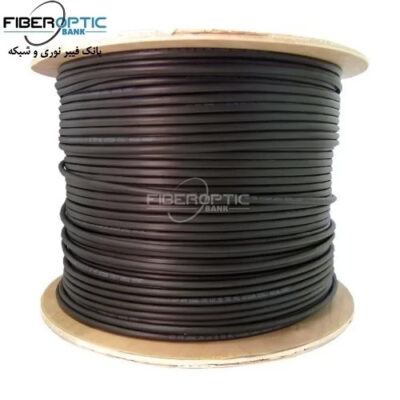
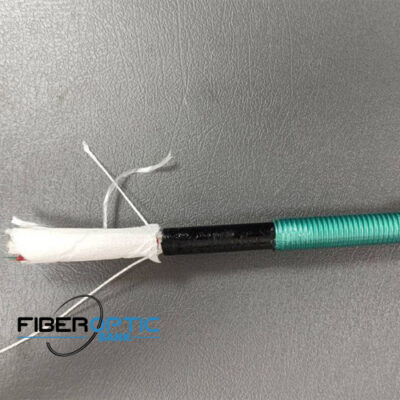
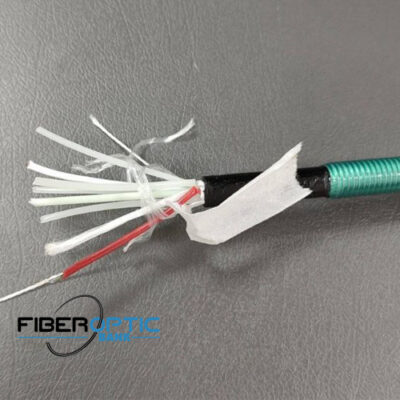
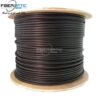
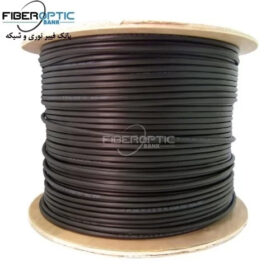
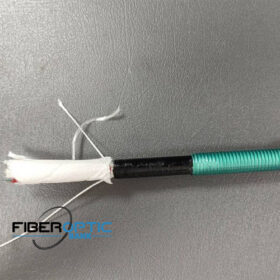
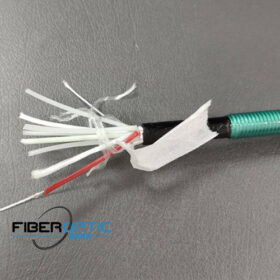


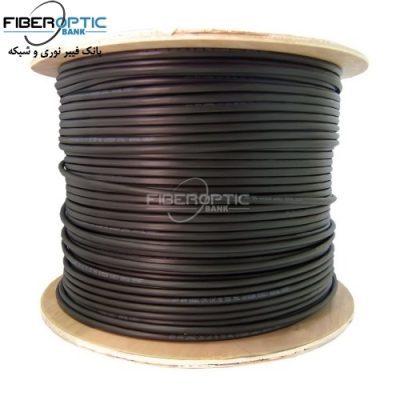


Reviews
There are no reviews yet.